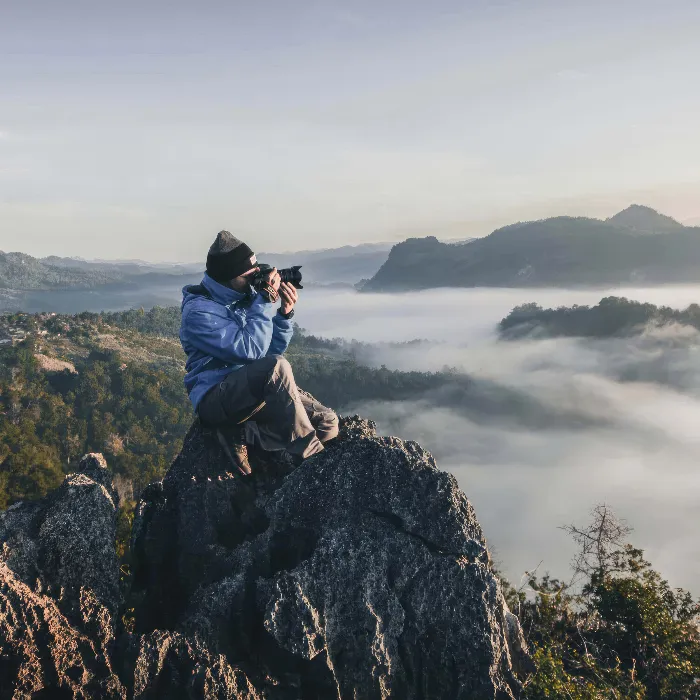A good picture can tell a story, evoke emotions, and capture the viewer's attention. But what exactly makes a picture special? You have probably often asked questions about this creative process. In this guide, we will explore what makes a good picture and which factors play a role. Keep your camera ready, because it’s time to take action and learn!
Key Insights
- Consider for whom you are taking the picture – the target audience is crucial.
- Focus on the perfect moment – emotions and uniqueness are essential.
- Tell a story – your pictures should offer more than just the obvious.
- Evoking emotions – genuine emotions make a picture unforgettable.
- Plan your shots – good preparation leads to better results.
Step-by-Step Guide
1. Define the Target Audience
Before you take a photo, you should think about who the picture is intended for. Who will look at it? Is it friends and family or potential customers? Answering this question helps you tailor the visual language and content accordingly.

2. Capture the Perfect Moment
The perfect moment can make the difference between an ordinary and an extraordinary picture. Think about which unique moments you want to capture. In wedding photography, for example, the couple’s kiss is a magical moment that you should capture.

3. The Story Behind the Picture
A good picture tells a story that captivates the viewer. Ensure that questions arise when viewing the picture. What happened before and after this moment? This stimulates the viewer's imagination and makes the picture more interesting.
4. Show Emotions
Emotions in pictures evoke reactions from the viewer. A picture might not be technically perfect, but if it is genuine and evokes feelings, it will be remembered. Think about how you can capture emotions in your shots – whether through laughter, joy, or even sadness.
5. Plan the Composition
Planning is an important step in achieving the desired results. Think about how the picture should look ahead of time. Experiment with different camera angles, settings, and formats to achieve the best effect.
6. Use the Right Techniques
It is not necessarily required to own an expensive camera. You can often achieve similar results with a smartphone if you apply the right techniques. While you are photographing, experiment with exposure, focus, and framing.
7. Post-Processing
Post-processing plays a significant role in optimizing the picture. Use image editing software to make small adjustments that could enhance the image. However, it is important to maintain the character of the image and not over-process it.
Summary – Learning to Photograph: The Secrets of a Good Picture
To create a good picture, you focus on the target audience, capture the right moment, and tell a story. Emotions and careful planning are crucial for the success of your photography. While there is no perfect guide, experimenting with techniques and post-processing can significantly enhance your skills.
Frequently Asked Questions
Why is the target audience important for photography?The target audience influences how you structure the picture and which emotions or messages you want to convey.
How can I capture the perfect moment?This requires practice and experience, but understanding the context and emotions of the situation helps.
What role does post-processing play?With the right post-processing, you can enhance the quality of your images and emphasize the desired style.
Do I need an expensive camera?Not necessarily. Often a good smartphone is sufficient if you master the techniques and basics.
How important is image composition?A well-thought-out image composition can greatly enhance the impact and message of your picture.


